Introduction:
In a significant shift in strategy, Honda has bid farewell to sedans and will now focus solely on selling SUVs in the Indian market. This marks the end of an era, as Honda has been renowned for its range of sedans in India. Over the years, several iconic Honda sedans have graced Indian roads, each with its unique charm and appeal. Let’s take a nostalgic journey through the history of Honda sedans in India.
1st Gen Honda City (1998)

The journey begins with the first-generation Honda City, which marked Honda’s entry into the Indian market. It offered 1.3- and 1.5-liter petrol engines and quickly gained a cult following, especially after the introduction of VTEC technology in 2000. The 1.5-liter VTEC Honda City was a pocket rocket and a favorite among car enthusiasts.
The first-generation Honda City was not just a car; it was a revolution. It was the car that introduced the Indian market to the magic of Honda’s petrol engines. The 1.5-liter VTEC engine was a marvel, delivering both power and efficiency. Every car reviewer in India, including us, reveled in the experience of driving this iconic sedan.
6th Gen Honda Accord (2001)

The sixth-generation Honda Accord, introduced in India in 2001, marked Honda’s foray into the executive sedan segment. It garnered success and sold over a million units worldwide, with 600 units sold in India within just two months. The Accord was not just a car; it was a statement of luxury and performance.
The introduction of the Accord in India was a significant event. It showcased Honda’s commitment to offering a premium sedan that combined elegance and power. With a price range between Rs. 15.75 Lakhs and Rs. 16.55 Lakhs (ex-showroom Delhi), the Accord offered a blend of luxury and performance that was hard to match. It became the flagship model for Honda’s luxury range in India.
2nd Gen Honda City (2003)

The second-generation Honda City, popularly known as the ‘Dolphin’ City, brought a significant departure in terms of looks and driving experience. While it prioritized practicality, it didn’t receive as much affection from enthusiasts due to its 77hp engine. However, it was a car designed for the masses, focusing on comfort and convenience.
The second-generation City was a transition from its predecessor in terms of both looks and driving experience. Its unique bulbous shape took some time to be appreciated, and unfortunately, the 77hp engine failed to deliver the exhilaration that hardcore City fans had grown accustomed to. Nevertheless, this version of the City prioritized practicality, even introducing the CVT gearbox in India. However, it is worth noting that among the different City models, the second-generation City tends to receive the least affection from enthusiasts. Understandably so.
7th Gen Honda Accord (2003)

The seventh-generation Honda Accord, introduced in India in 2004, outperformed its predecessors in sales. It featured a sportier design and two engine options, a 2.4-liter 4-cylinder i-VTEC and a 3.0-liter V6 VTEC, known for their refined performance. The Accord was a car that combined style and substance, offering both luxury and power.
The seventh-generation Honda Accord made its debut in India in 2004 and proved to be a significant success for the Japanese automaker, surpassing the sales figures of its predecessors. This version of the Accord boasted a sportier design and an interior with ample space. It was available in two engine options: a 2.4-liter 4-cylinder i-VTEC and a more powerful 3.0-liter V6 VTEC, both of which were petrol engines known for their refined performance on Indian roads. Additionally, a facelifted variant featuring a sleek LED taillight cluster was also introduced.
8th Gen Honda Civic (2007)
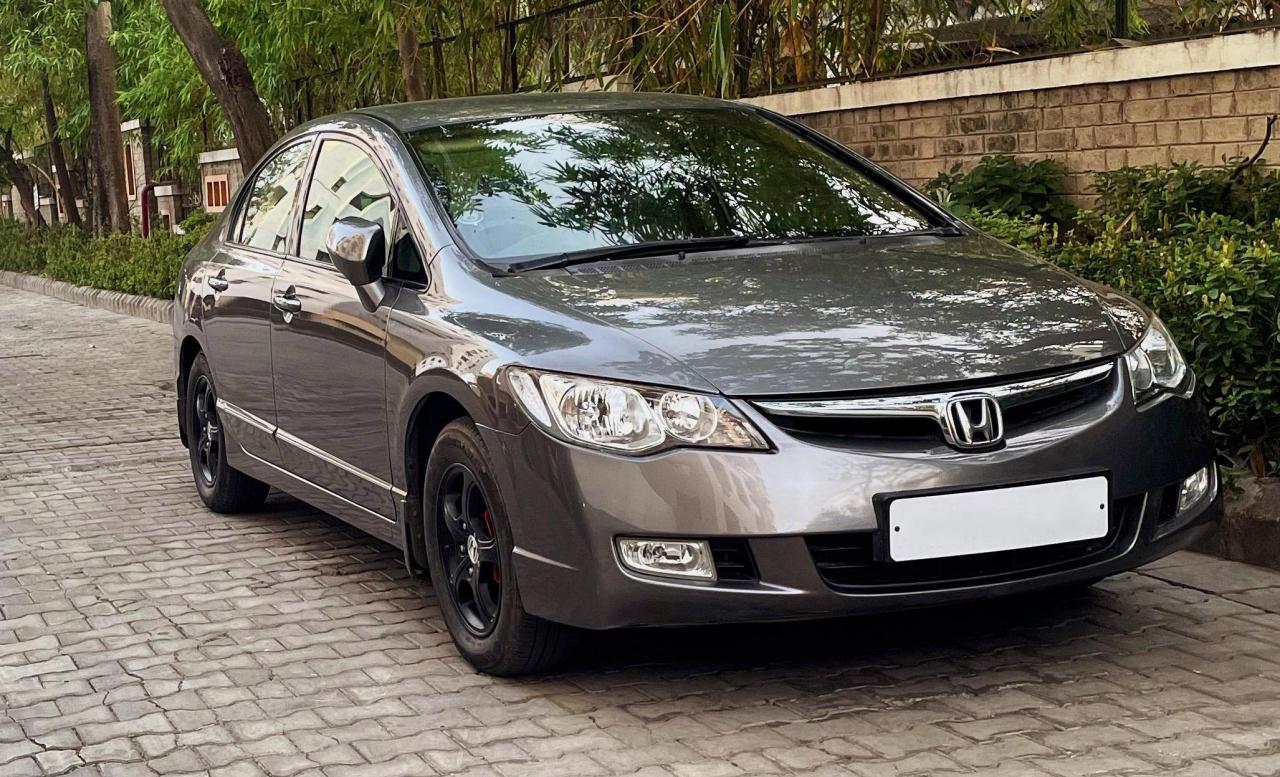
Honda introduced the Civic in response to the success of the City. It offered two engine options and the Hybrid variant. Despite its initial popularity, the Civic faced tough competition and lacked a diesel powertrain option. Nevertheless, it was a car known for its futuristic design and advanced features.
Honda introduced the Civic owning to the success of the City. The premium sedan was offered with two engine options: a 1.8-liter, 4-cylinder petrol engine and a 1.3-liter, 4-cylinder petrol engine paired with an electric motor. The 1.8-liter engine could be paired with either a manual transmission or a torque converter, while the Hybrid variant was only available with a CVT transmission. Despite its initial popularity when it was launched in 2005, the Civic struggled to compete with rivals, especially Toyota, due to its more aggressive pricing strategies. Additionally, the Civic did not offer any diesel powertrain options.
3rd Gen Honda City (2008)
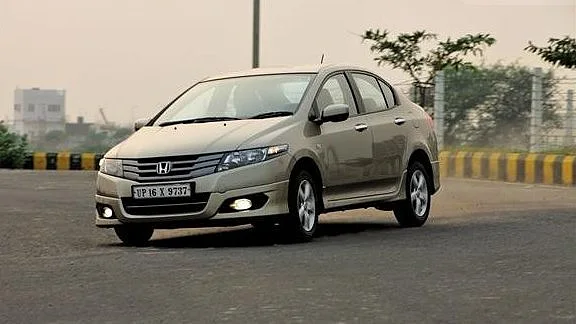
The third-generation City made a triumphant comeback for Honda and the City brand. With its sleek design, spirited VTEC engine, and roomy interior, this version of the City seemed to have all the right ingredients. The only drawback was the absence of a diesel engine option, which proved to be a significant disadvantage, particularly during a time when there was a sudden surge in demand for diesel-powered vehicles. However, this iteration of the City did offer some notable features, such as ABS and dual airbags as standard, setting a new benchmark in its class. Additionally, it was also the first car in its segment to come equipped with a sunroof.
Honda Accord (2008)

The Indian market experienced a thrilling version of the Honda Accord in 2008. Launched in 2008, this new iteration of the Accord showcased a significant design evolution compared to its predecessor. With all-new proportions and striking character lines, the Accord boasted a stunning appearance that blended executive sedan appeal with a touch of sportiness. The interior was equally impressive, featuring a spacious layout and a large center console equipped with advanced features.
Under the hood, this generation of the Accord offered a 2.4-liter i-VTEC engine, delivering an impressive 178bhp of power and 222Nm of torque.
The Accord received acclaim from both critics and the public in India, but it was in 2009 that things became even more exciting. Honda introduced the Accord with a 3.0-liter V6 engine, producing an astounding 275 Bhp and 339Nm of torque. This powerful engine was paired with a 5-speed automatic transmission and featured Variable Cylinder Management (VCM) technology, which ensured a balance between fuel efficiency and performance.
1st Gen Honda Amaze (2013)
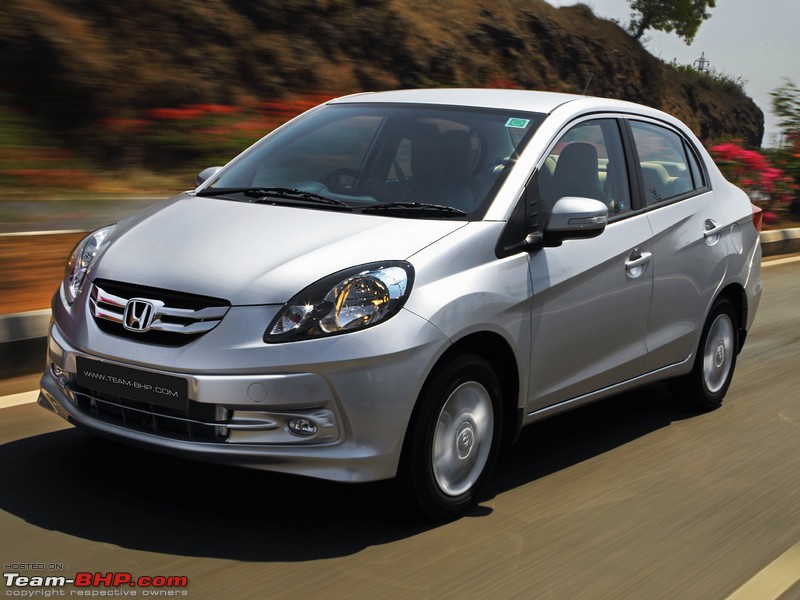
In April 2013, Honda Cars India Limited (HCIL) introduced the first-generation Honda Amaze, targeting the Indian market specifically, and the sedan immediately gained popularity. Initially, Honda offered the Amaze with two engine options: a 1.2-litre I-VTEC petrol engine and a 1.5-litre i-DTEC diesel engine. At that time, the petrol variant was available with an automatic gearbox, while the diesel variant came with a manual gearbox.
To cater to customers concerned about running costs, Honda even offered a CNG variant of the petrol Amaze. Over the course of three years, from its launch until March 2016, the first-generation Amaze achieved considerable success in India, selling a total of 2.6 lakh units. The sedan was priced between Rs 5.27 lakhs and Rs 8.29 lakhs. A minor facelift was introduced during its two-year production run from 2016 to 2018.
4th Gen Honda City (2014)
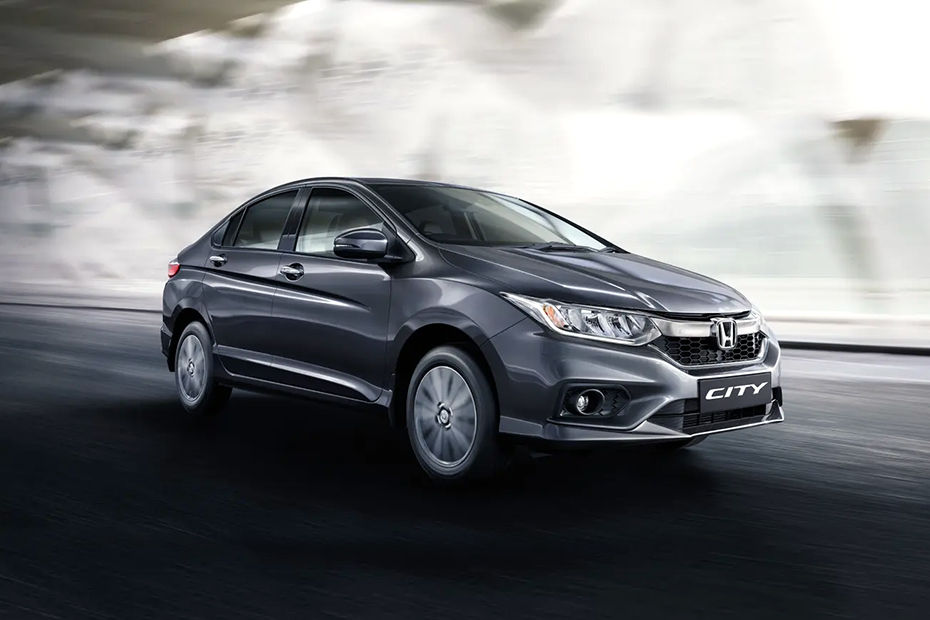
The fourth-generation Honda City made its global debut in India, highlighting the nation’s significance in the City’s worldwide strategy. This version of the City was bigger, more spacious, and better equipped than any of its predecessors. A noteworthy addition was the availability of a diesel engine, which was lacking in earlier versions. The petrol engine variant also came with an ultra-efficient CVT gearbox. Although its price was at the higher end of the segment, it gained significant popularity in the three years since its launch. This model has emerged as the best-selling version of the City, with over 2,76,000 units sold to date.
9th Gen Honda Accord Hybrid (2016)
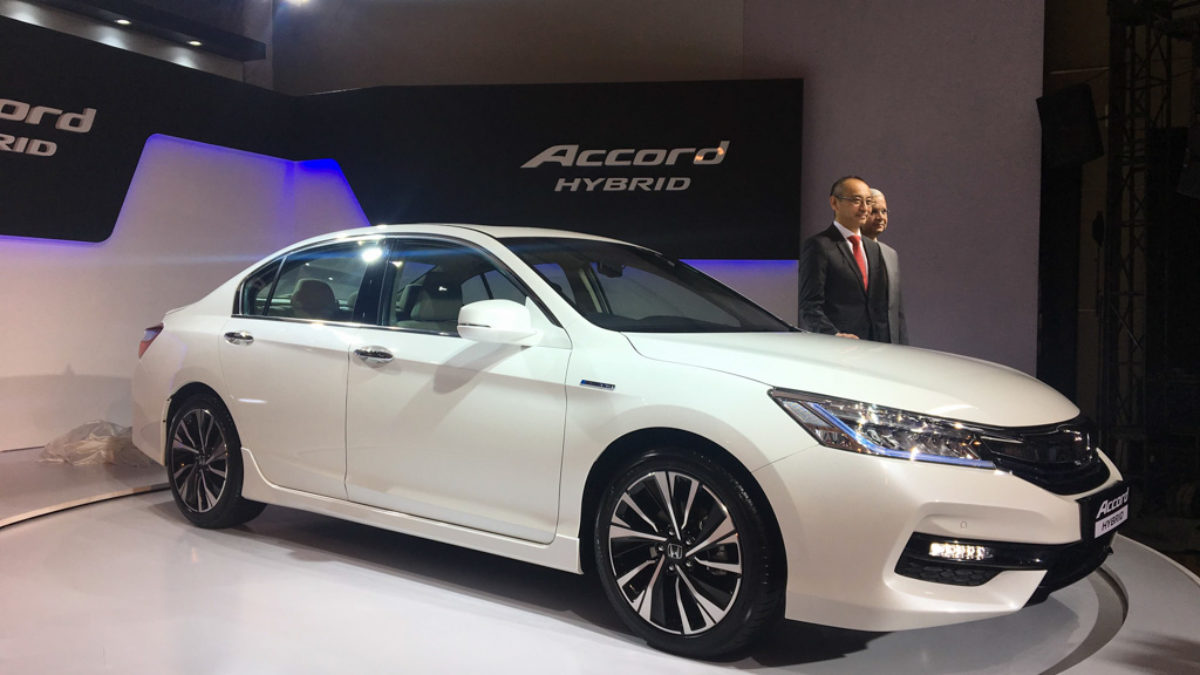
The new generation Honda Accord launched in 2016 in India was a hybrid vehicle, designed with an emphasis on environmental friendliness. It featured a 2.0 Litre i-VTEC engine that produced 145hp of power and 175Nm of torque. Additionally, it was equipped with 1.3 kWh motors, which combined with the engine to deliver a total power output of 215hp. However, despite these impressive figures, the powertrain lacked punch on the road and had a more linear performance.
In terms of features, the new Accord offered a high level of technology and luxury, providing a comfortable driving experience. However, this luxury came at a premium price. With an ex-showroom price of around 37 lakhs in Delhi, the new Accord competed directly with German cars in the same price range. This pricing strategy deviated from the previous Accords, which focused on offering luxury and performance at a more affordable price than their German counterparts.
As a result of the higher price and a significant shift in pricing strategy, the new Accord did not perform well in the Indian market. Consumers were not willing to pay such a premium for a Honda vehicle. Consequently, the Accord was eventually discontinued in India, with only a few examples on the road.
2nd Gen Honda Amaze (2018)

Honda introduced an updated version of the Amaze sedan in 2018, featuring a significantly sharper design compared to its predecessor. The car received new headlamps and taillamps, while its dimensions remained largely unchanged. The second-generation Amaze also received various upgrades, including a new touchscreen infotainment system and the addition of a CVT automatic gearbox for the diesel variant. Overall, Honda offered the Gen 2 Amaze with one diesel engine option and two petrol engine options.
10th-gen Honda Civic (2019)
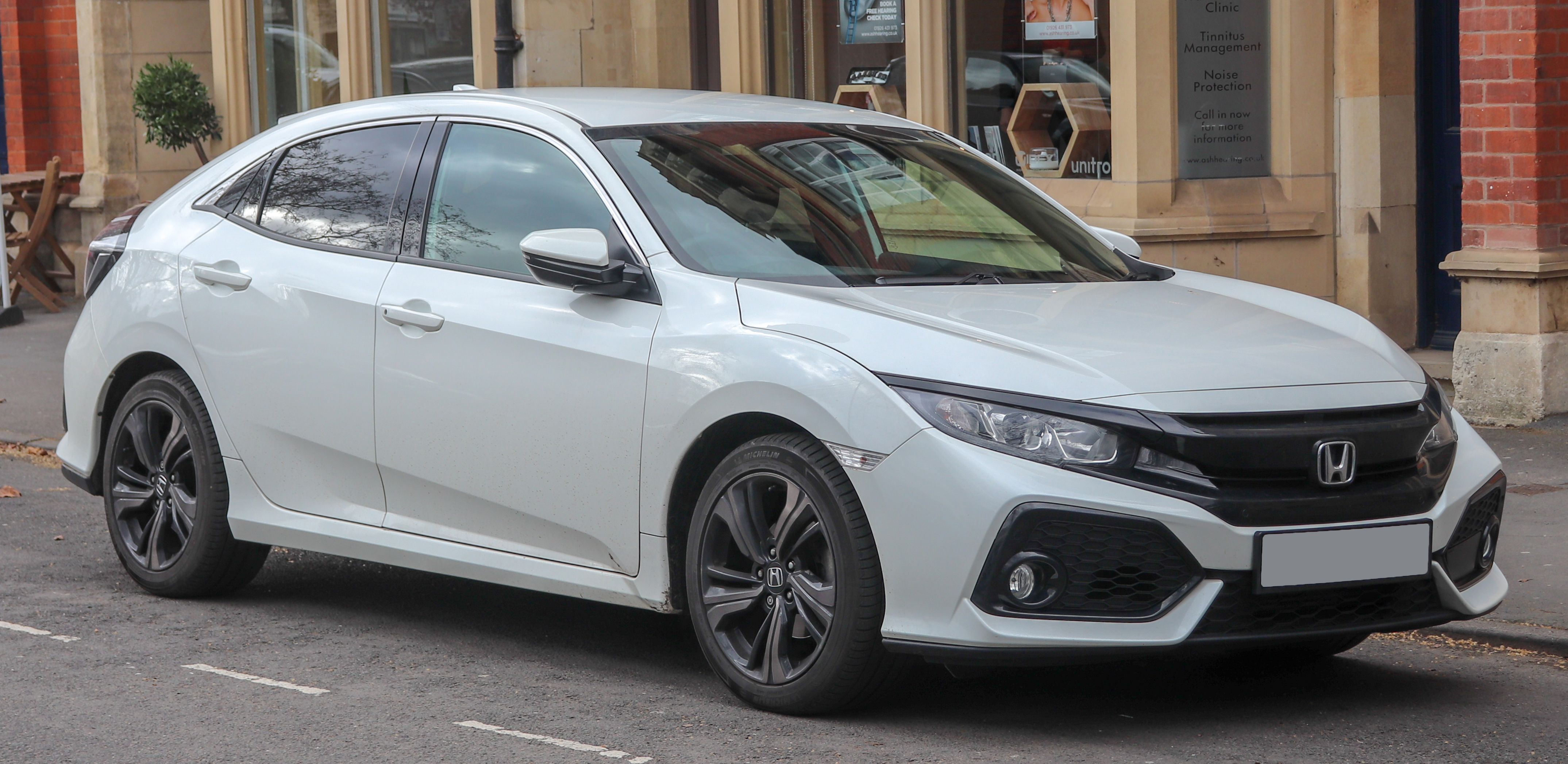
The 10th generation of the Civic finally arrived in India in 2019, after a long gap since the previous generation. Despite widespread speculation and the car being available in international markets for three years, fans eagerly awaited the next-gen Civic. Was the wait worth it? We reviewed the new Honda Civic – and while we really, really wanted to love it, the CVT made sure we could not call it an enthusiast car. Read our review here.
The 2019 Honda Civic features a similar 1.8-litre i-VTEC petrol engine as its predecessor but with slightly more power output of 139HP and 174Nm of torque on paper. However, the noteworthy change is that this engine is only available with a CVT transmission. Unfortunately, the CVT’s infamous rubber band effect fails to translate the engine’s power to the road. As a result, the car’s performance lacks the punch seen in earlier generations and feels lethargic and linear at times. Nevertheless, the Civic remains a great handling car that is sure to impress.
5th Gen Honda City (2020)

In India, the fifth-generation City was launched with a new platform but retained the same engine as its predecessor. However, this version of the City is longer and more spacious than before, extending the interior comfort level. It is equipped with an updated 1.5-liter i-VTEC petrol engine and a new 6-speed manual or CVT transmission, providing an enhanced driving experience compared to its earlier version. Honda also introduced a hybrid variant of the City, which remains the only strong-hybrid sedan in India. We enjoyed driving the hybrid Honda City, as you can see in our review.
Conclusion
Honda’s journey with sedans in India has been a remarkable one, filled with iconic models that left their mark on the Indian automotive landscape. While Honda’s focus shifts to SUVs, these sedans will forever be remembered by enthusiasts and car lovers alike for their performance, design, and the unique driving experiences they offered.
As we say goodbye to Honda sedans in India, we also bid farewell to an era of elegance, power, and innovation on four wheels. The legacy of these iconic sedans will continue in the memories of those who had the privilege of driving or owning one. While the roads of India may see fewer Honda sedans in the future, their impact on the automotive landscape will remain enduring and cherished.
Frequently Asked Questions – Honda Sedans
1. Which Honda sedan marked the brand’s entry into the Indian market?
Answer: The first-generation Honda City was the car that marked Honda’s entry into the Indian market.
2. What is VTEC technology, and how did it impact Honda sedans in India?
Answer: VTEC technology was introduced in the first-generation Honda City in 2000, significantly enhancing the performance and appeal of Honda’s petrol engines in India.
3. How did the sixth-generation Honda Accord perform in the Indian market?
Answer: The sixth-generation Honda Accord, introduced in India in 2001, became a flagship model for the brand’s luxury range and achieved impressive sales figures.
4. What were the unique features of the second-generation Honda City in India?
Answer: The second-generation Honda City, also known as the ‘Dolphin’ City, introduced practicality and the CVT gearbox to the City lineup, though it received mixed reviews from enthusiasts.
5. How did the seventh-generation Honda Accord differ from its predecessors in India?
Answer: The seventh-generation Honda Accord featured a sportier design, ample interior space, and two engine options, making it a significant success in India.
6. What challenges did the eighth-generation Honda Civic face in the Indian market?
Answer: The eighth-generation Honda Civic faced tough competition, especially from Toyota, and did not offer a diesel powertrain option, impacting its competitiveness in India.
7. How did the third-generation Honda City make a triumphant comeback in India?
Answer: The third-generation City, with its sleek design, VTEC engine, and notable features like ABS and dual airbags, made a successful comeback despite lacking a diesel engine option.
8. What was the most thrilling version of the Honda Accord in India?
Answer: The most thrilling version of the Honda Accord in India was the 2008 iteration, which featured a significant design evolution and a powerful 3.0-liter V6 engine.
9. How did the Honda Amaze perform in the Indian market, and what engine options were available?
Answer: The first-generation Honda Amaze gained popularity in India, offering both a 1.2-liter I-VTEC petrol engine and a 1.5-liter i-DTEC diesel engine. It achieved considerable success, selling a total of 2.6 lakh units.
10. What notable changes did the fourth-generation Honda City introduce in India, and how did it perform?
Answer: The fourth-generation Honda City, with its larger size, diesel engine option, and efficient CVT gearbox, gained significant popularity and became the best-selling version of the City with over 2,76,000 units sold.